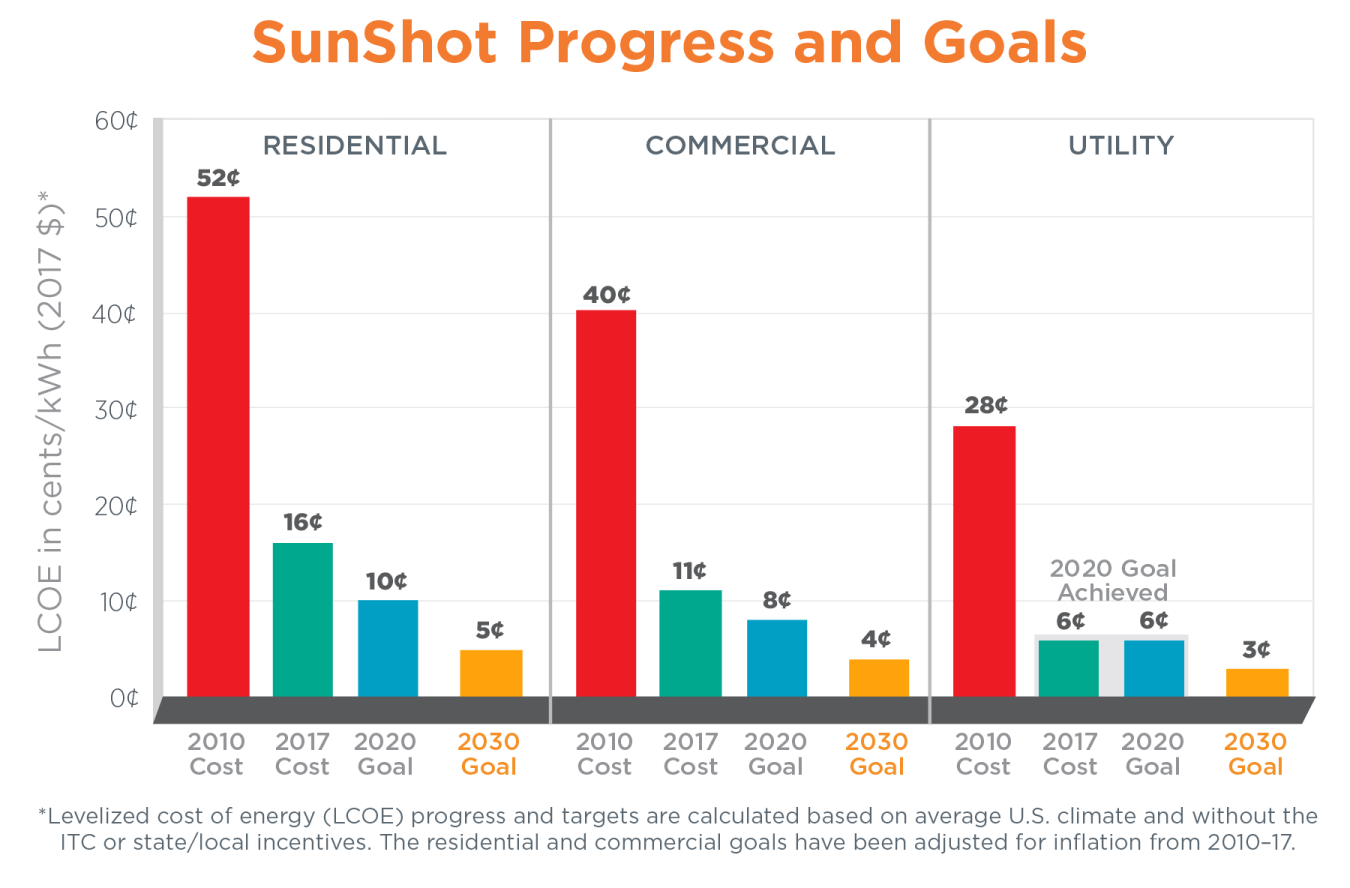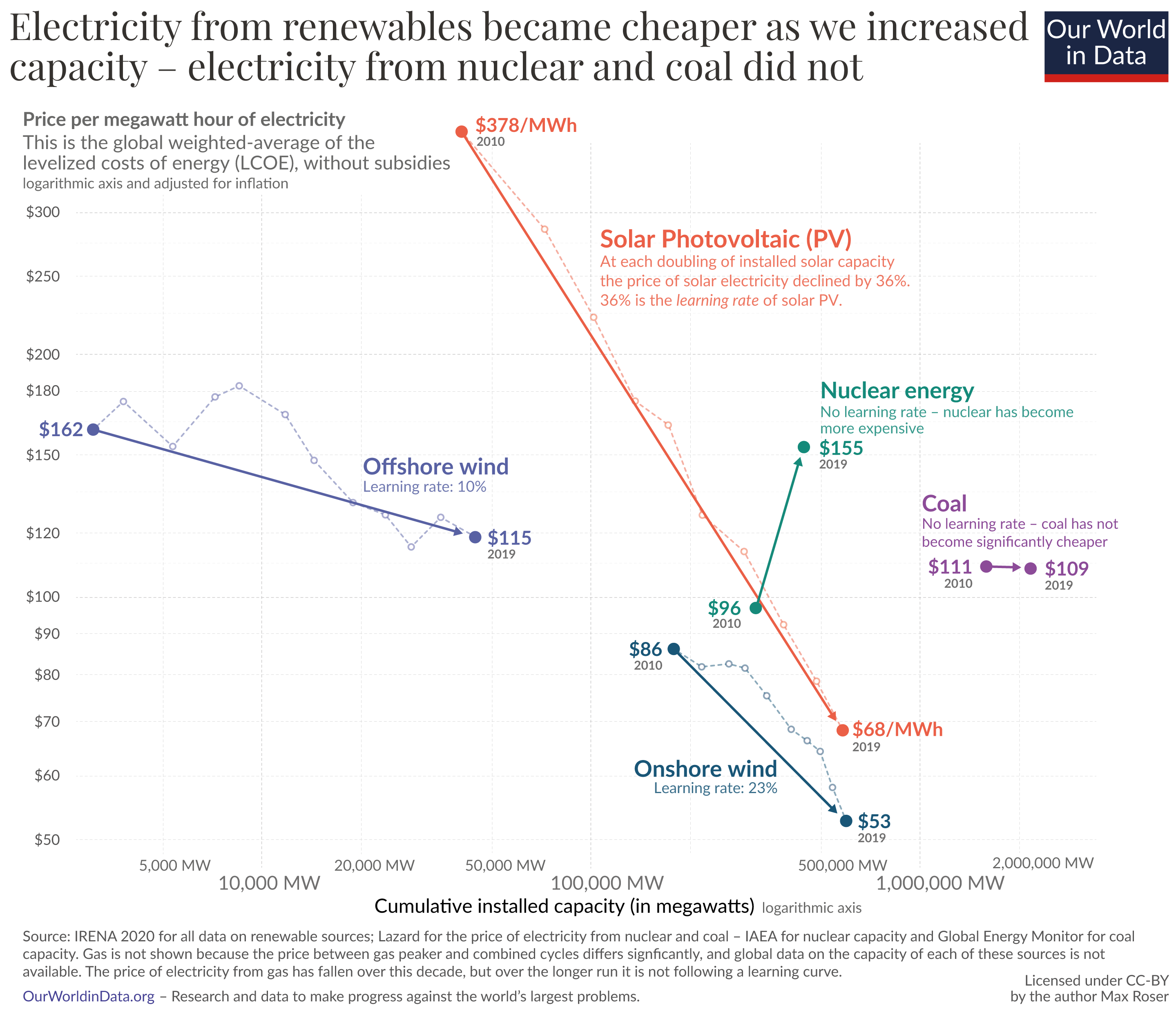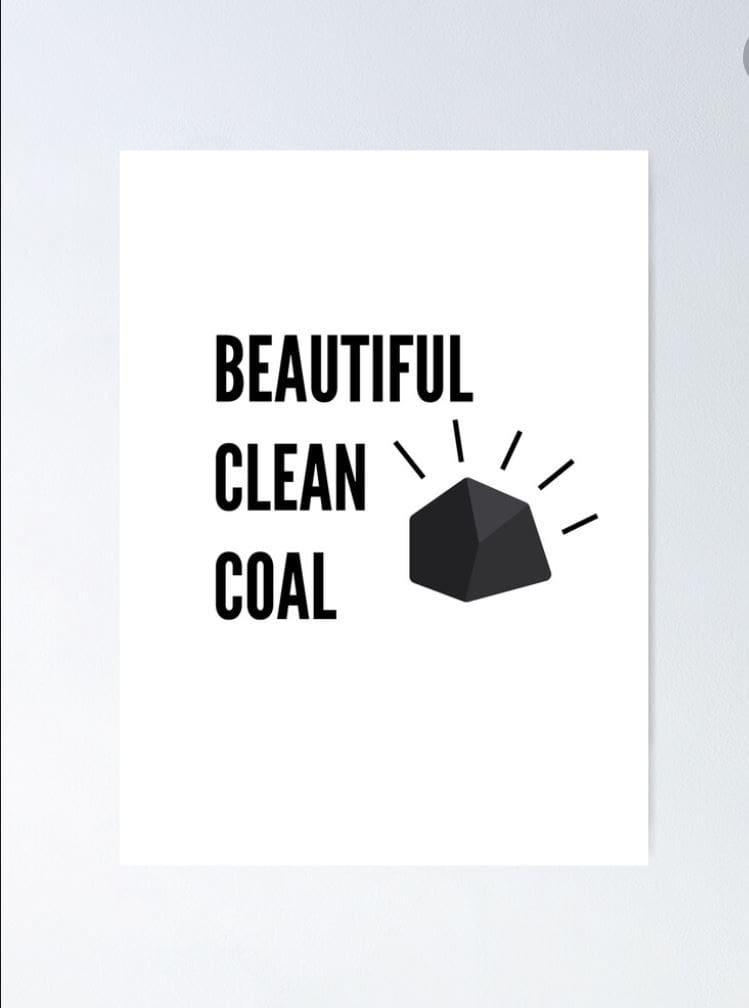F150 Lightning
#821
Senior Member
Solar electric generation (which includes photovoltaic (PV) and thermal technologies and both small-scale and utility-scale installations) will surpass wind energy by 2040 as the largest source of renewable generation in the United States. (which includes photovoltaic (PV) and thermal technologies and both small-scale and utility-scale installations) will surpass wind energy by 2040 as the largest source of renewable generation in the United States.
Even the military believes in it . Our local Nellis AFB built a 140 acre solar array on base. Why? Because they are producing electricity at 2.2¢ a kw.
So if we use solar during the day, and natural gas at night, the only fuel costs that the utilities have will be gas. They will like that. Because, of course, solar energy is FREE. You just have a one-time build-out cost for the convertors, to convert solar energy to electric energy. And then you never have to buy fuel again, for the life of the collectors.
Earlier notable solar facilities in the state include the 14.2 megawatt (MW-peak), 140 acre Nellis Solar Power Plant.
Nevada has also been a leader in low-cost solar electricity generation, establishing several milestones. The Nellis plant was able to provide Nellis Air Force Base with electricity for only 2.2 cents/kWh - compared to the 9 cents they were paying Nevada Power - by selling renewable energy credits (RECs).[9] In 2015, the 100 MW Playa Solar 2 project - to be constructed by First Solar with a 20-year power purchase agreement with NV Energy - was proposed for $0.0378 per kilowatt-hour. This was below the lowest price of $0.046 available the previous year from the 100 MW Boulder Solar plant.[10] In 2018, the 300 megawatt (MWAC) Eagle Shadow Mountain Solar Farm was approved for construction with flat rate of $0.02376 per kilowatt-hour throughout its 25-year PPA term, which could establish a new record.[11][12][13]
Nevada has also been a leader in low-cost solar electricity generation, establishing several milestones. The Nellis plant was able to provide Nellis Air Force Base with electricity for only 2.2 cents/kWh - compared to the 9 cents they were paying Nevada Power - by selling renewable energy credits (RECs).[9] In 2015, the 100 MW Playa Solar 2 project - to be constructed by First Solar with a 20-year power purchase agreement with NV Energy - was proposed for $0.0378 per kilowatt-hour. This was below the lowest price of $0.046 available the previous year from the 100 MW Boulder Solar plant.[10] In 2018, the 300 megawatt (MWAC) Eagle Shadow Mountain Solar Farm was approved for construction with flat rate of $0.02376 per kilowatt-hour throughout its 25-year PPA term, which could establish a new record.[11][12][13]
Nellis AFB pic.

The following users liked this post:
Krakken (06-06-2021)
#822
Yeah, it's hard to beat the variable cost of solar (below is the cost without any energy credits, so you can see that subsidies are not what is driving the adoption of solar specifically or renewables generally - the technology has matured and it fully pays for itself).
https://www.forbes.com/sites/energyi...h=45d777c62c84


And, with electric vehicles connected to the grid and dynamic rates, you have part of the solution to offset the intermittent availability of renewable power. It's a nice combo.
https://www.forbes.com/sites/energyi...h=45d777c62c84


And, with electric vehicles connected to the grid and dynamic rates, you have part of the solution to offset the intermittent availability of renewable power. It's a nice combo.
Last edited by Krakken; 06-06-2021 at 05:27 PM.
#823
One more interesting point. Renewables are an emerging technology and costs are still decreasing rapidly. Non-renewable energy generation is mature and costs are stable or increasing. Again, the market is driving the adoption to renewables. Protecting the climate is important, but the free market is making the decision to adopt renewables. This is the result of continued investments in the renewable technologies over the past ~12 years.
Even if you hate the climate, as long as you like money, renewables are the way to go. It is cheaper to save the environment than to ruin it.
https://www.fortune.com/videos/watch...2-0f7a996dd518

Even if you hate the climate, as long as you like money, renewables are the way to go. It is cheaper to save the environment than to ruin it.
https://www.fortune.com/videos/watch...2-0f7a996dd518

Last edited by Krakken; 06-06-2021 at 05:29 PM.
The following users liked this post:
All Hat No Cattle (06-06-2021)
#824
Member
Why is that not going to happen with wind and solar??
https://www.eia.gov/todayinenergy/detail.php?id=46676

In its Annual Energy Outlook 2021 (AEO2021), the U.S. Energy Information Administration (EIA) projects that the share of renewables in the U.S. electricity generation mix will increase from 21% in 2020 to 42% in 2050. Wind and solar generation are responsible for most of that growth. The renewable share is projected to increase as nuclear and coal-fired generation decrease and the natural gas-fired generation share remains relatively constant. By 2030, renewables will collectively surpass natural gas to be the predominant source of generation in the United States. Solar electric generation (which includes photovoltaic (PV) and thermal technologies and both small-scale and utility-scale installations) will surpass wind energy by 2040 as the largest source of renewable generation in the United States.
https://www.eia.gov/todayinenergy/detail.php?id=46676

In its Annual Energy Outlook 2021 (AEO2021), the U.S. Energy Information Administration (EIA) projects that the share of renewables in the U.S. electricity generation mix will increase from 21% in 2020 to 42% in 2050. Wind and solar generation are responsible for most of that growth. The renewable share is projected to increase as nuclear and coal-fired generation decrease and the natural gas-fired generation share remains relatively constant. By 2030, renewables will collectively surpass natural gas to be the predominant source of generation in the United States. Solar electric generation (which includes photovoltaic (PV) and thermal technologies and both small-scale and utility-scale installations) will surpass wind energy by 2040 as the largest source of renewable generation in the United States.
#825
What do you base that prediction on? The intermittency of power sources is being addressed already by multiple solutions: 1) increased grid interconnections, 2) dynamic pricing, 3) dynamic and scheduled usage, 4) grid scale storage solutions, 5) localized storage solutions (like EVs). This is happening already today. And these solutions are beneficial by themselves, as the duck curve of power usage can be flattened and expensive peaker generation capacity is needed less and these solutions increase the grid reliability and efficiency. I assume you do not work in the power industry but you should read up. Lots of exciting things happening.
Last edited by Krakken; 06-06-2021 at 05:41 PM.
#826
Senior Member
Protecting the climate is important, but the free market is making the decision to adopt renewables. This is the result of continued investments in the renewable technologies over the past ~12 years.
I bought a 100 watt solar collector from Harbor Freight a few years ago, to trickle charge my dual large boat batteries all year around. The array was about $130, with the 20% off coupon.
Since then, I have not spent a penny charging those batteries, 365 days a year. Because solar energy is FREE. And the fossil fuel people can't stand that. Why are all the energy utilities in sunny places from California to Nevada, Texas, and Florida investing hundreds of millions of $ building solar arrays? Because the energy to power those arrays is FREE.
How can fossil fuel compete with that? Free natural gas or coal for the utility companies?

Remember, this is what the coal companies are saying today. Do you believe it?



The following users liked this post:
Krakken (06-06-2021)
#827
Member
I am aware of the developments you cite. Rationing and other grid management strategies are only required if the underlying source is unreliable and intermittent. The biggest issue here is that solar and wind are simply not economically viable compared to fossil fuels. Forcing their adoption for idealogical reasons will lower our standard of living. As this becomes apparent solar and wind will be relegated to applications where they actually make sense. Again, just my prediction.
#828
I am aware of the developments you cite. Rationing and other grid management strategies are only required if the underlying source is unreliable and intermittent. The biggest issue here is that solar and wind are simply not economically viable compared to fossil fuels. Forcing their adoption for idealogical reasons will lower our standard of living. As this becomes apparent solar and wind will be relegated to applications where they actually make sense. Again, just my prediction.
And as I showed in a separate post, renewables are already cheaper than non-renewables and they are still decreasing in cost (renewables are projected to cost an additional 50% - 75% less in 10-20 years.)
Anyway, feel free to check back in 5, 10, and 20 years and see how your predictions turn out
 .
.
Last edited by Krakken; 06-06-2021 at 06:01 PM.
#830
Member
Sorry, what you are stating is simply not true. Utilities are going to renewables because they are the best financial solution, accounting for total cost, including intermittency in source. And, this gives businesses and consumers with flexibility the opportunity (not this is NOT rationing) to save a lot of $$ while keeping reliability for those who need constant high power levels. This is not forcing. It is free market at its best. When my Rivian has 185kwh, I will happily let others use some of this power and make some $$ off it (or, I can keep all the power and reduce load on the grid). Others who need this energy can get it (reliability) for a much lower cost than $9/kwh (efficiency).


